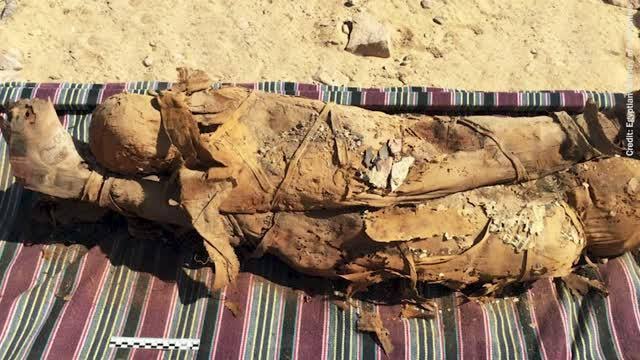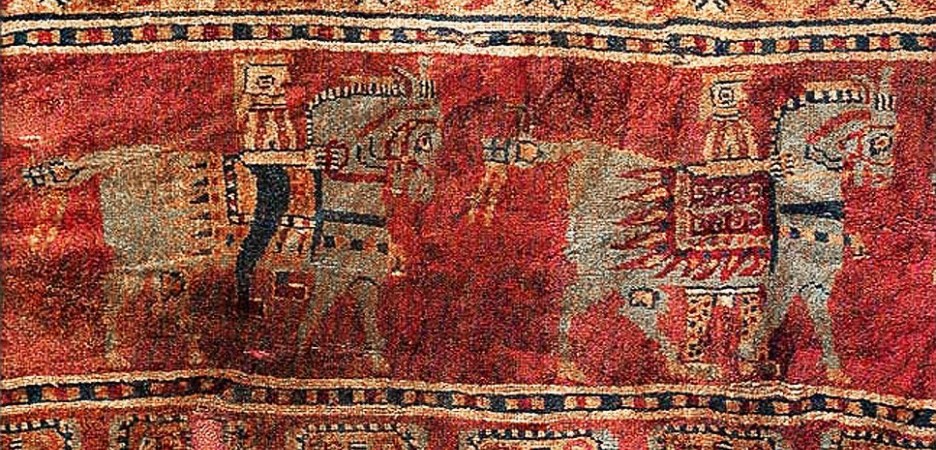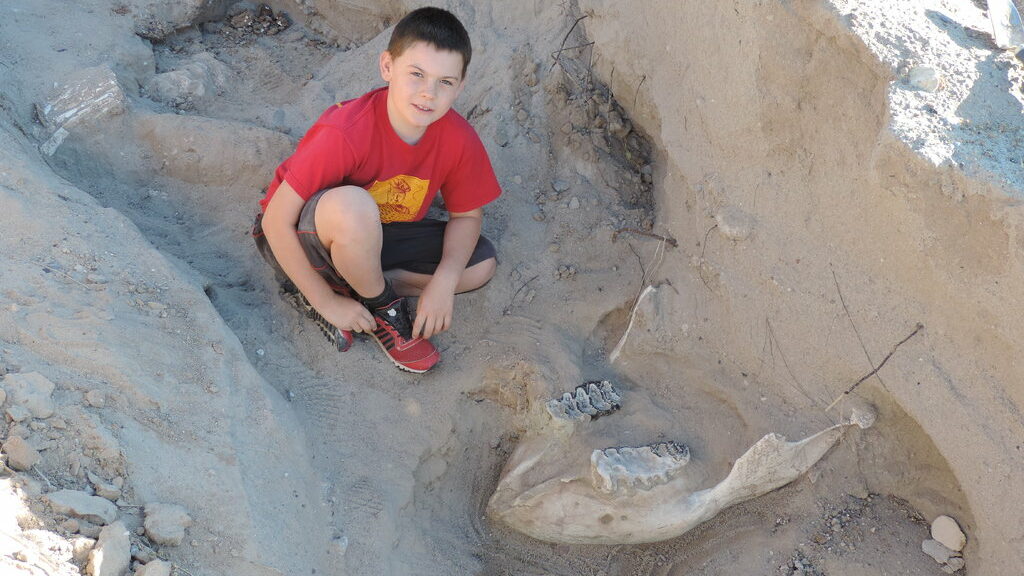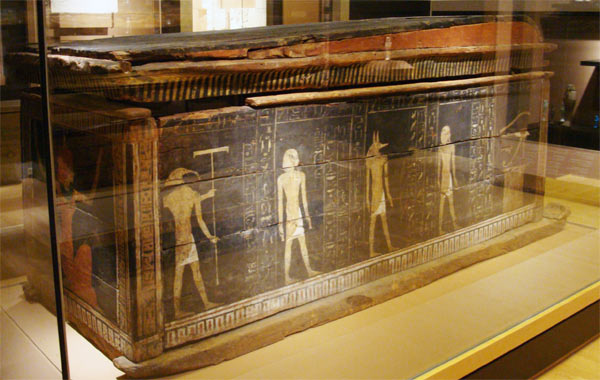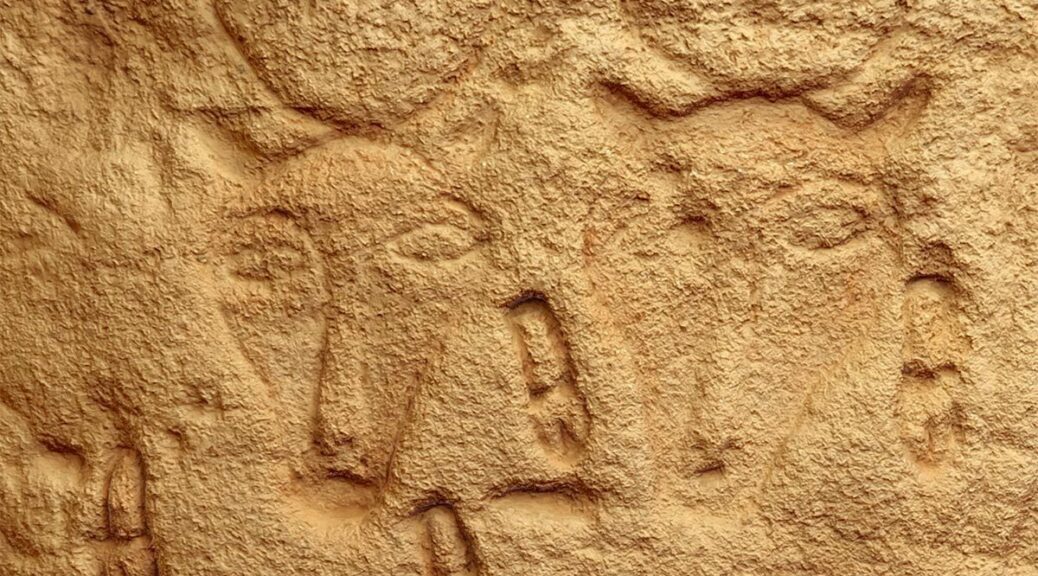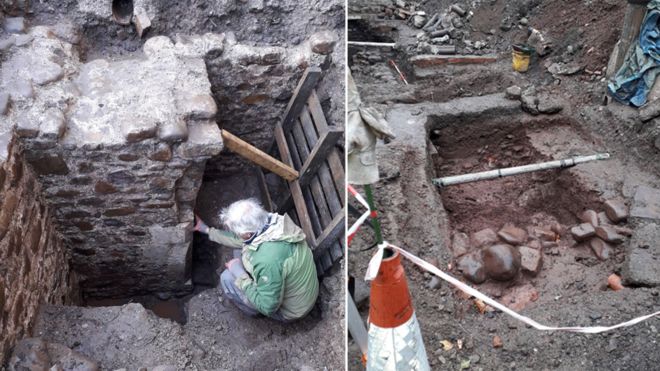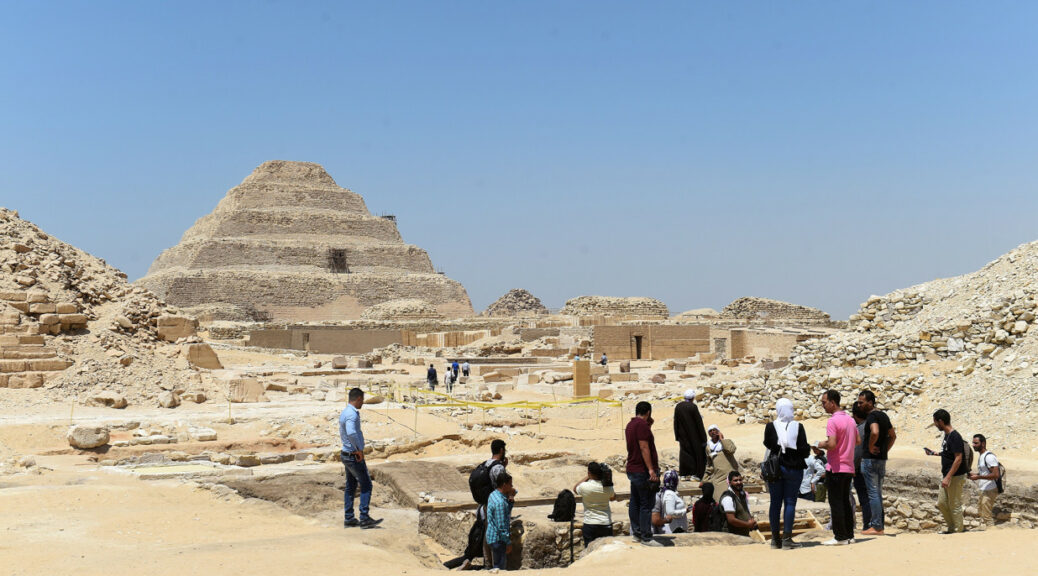From Thebes to Nazi Germany: ancient vase returned to Greece
Upon his return to Athens, an amazing story about an ancient wine-cup given to the marathon champion of the first modern Olympics before being smuggled out of Greece by a notorious Nazi.
Spyros Louis, who was a water carrier when he surprisingly won the opening marathon in 1896, obtained the 6th century BC pottery vessel. It went missing then.
“When I was asked to review everything which happened in 2012. I started checking bibliographies and records. It was believed it had been inventoried in our archives but that is not at all the case,” said Georgios Kivvadias, curator of vase collections at the Athenian National Archeology Museum.
Two years of detective work began after the archeologist finally found a vessel at the University of Münster, Germany decorated with an image of two black-figured athletes with a clay-red background.
The double-handled cup – originally discovered in a tomb in Thebes – was acquired by the university in 1986.

On Wednesday the cup was formally repatriated in a handover ceremony at the museum, where the university’s rector spoke of the “bittersweet” experience of giving it up, and Greece’s culture minister, Lina Mendoni, spoke of the gratitude of the Greeks for getting it back.
“The noble gesture of the University of Münster is a very important gesture of the German people to the Greek people,” she told an audience gathered at the museum. “Cultural heritage belongs to the people who created it.”
How the ancient vase got to Germany may have played no small role in the university’s decision to hand it back.
Kivvadias said: “After Louis was handed the pottery, it disappeared until 1934 when it re-appeared in the hands of Werner Peek, an archaeologist who had won a grant to work at the German Archaeological Institute in Athens.
Peek had amassed a collection of antiquities during his time here in the thirties and probably bought it on the art market in Athens.”
The connoisseur of ancient artworks and respected classical philologist was also an ardent Nazi sympathizer and antisemite.
Peek later confessed he handed his entire 68-strong collection to Hermann Göring, the notorious Nazi military leader when he paid a visit to Athens in 1934 – seven years before the Wehrmacht occupied Greece.
Göring, one of the architects of the Third Reich police state and later associated with the plundering of Jewish treasures, concealed the antiquities in diplomatic pouches.
“They were smuggled out of the country with the rest of his collection by Göring,” said Kivvadias. “Then when [Peek] returned in 1937 they ended up with him in East Germany, where he lived for years, was allowed to travel freely and taught as a professor.
“It was only when he went to the West in the late 1980s that he decided to sell the collection to the University of Münster, which acquired it without knowing the exact origins of the pieces.”
At a time when Athens has stepped up its campaign to retrieve the Parthenon marbles from the British Museum – ahead of the nation bicentennial independence celebrations – the repatriation of the cup could not be more timely.
The vessel, currently on display in the National Archaeological Museum, will remain in Athens until early next year, when it will be exhibited at a museum chronicling the history of the Olympics in ancient Olympia, the birthplace and venue of the original games.
Dr. Erofili Kollia, the director of the Archeological Museum of Olympia, said: “It will have pride of place here. The piece is hugely significant both as an artwork whose value is undisputed and because it was given to Louis, the victor of the first marathon when the modern Olympic games were revived. We are overjoyed that it will be here, with us, again.”

